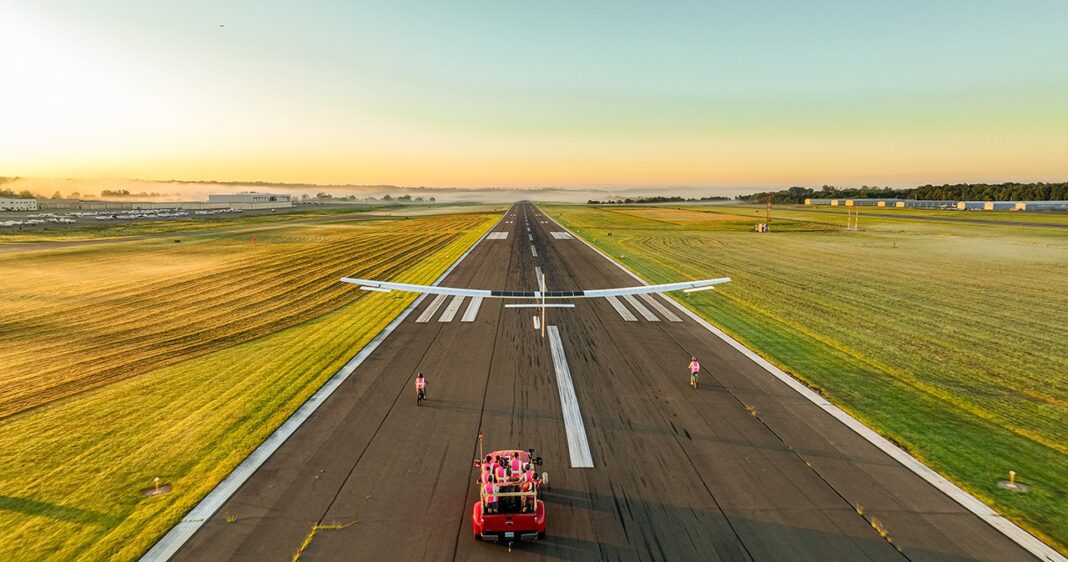American company Electra Aero, founded in 2020 with the goal of designing and producing low-emission solutions for aviation, completed the first flight of a hybrid research aircraft powered by solar-generated electricity. The operation took place from Manassas Regional Airport in Virginia, United States.
The prototype, called Dawn One, has a wingspan of 90 feet (27 metres) and flies autonomously. It is part of the Stratospheric Airborne Climate Observing System (SACOS) programme, an initiative developed under the supervision of James G. Anderson, a chemist and professor at Harvard University. It is also supported by a contract from NASA and the Weld Foundation for Scientific and Environmental Development.
The programme originated at the Massachusetts Institute of Technology (MIT) under the direction of John Hansman and Mark Drela. Subsequently, Electra was responsible for the design and construction of the aircraft, as well as the first tests on the ground and in the air.
The prototype is part of Electra’s ongoing development of low-carbon aircraft propulsion technologies. The company’s work also includes studies on hybrid systems powered by electric turbines and hydrogen fuel cells.
«The high-spatial resolution observations from SACOS will provide, for the first time, quantitative forecasts of risk associated with rapidly expanding wildfires, the increasing rate of sea level rise, the intensification of severe storms, and global shifts in arid regions that trigger water shortages», said Professor Anderson.

See also: Lilium and GlobeAir partner to bring eVTOLs to Italy and French Riviera






